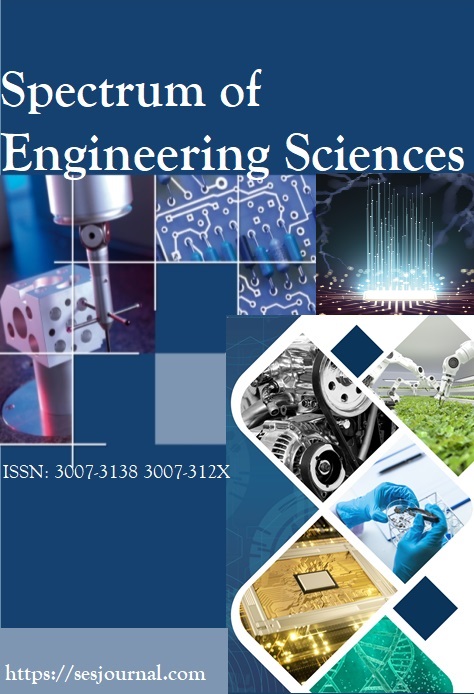DIABETIC RETINOPATHY GRADING USING DATA FUSION AND CNN-BASED ENSEMBLE LEARNING WITH SOFT VOTING FOR ENHANCED TOP-K ACCURACY
Keywords:
Diabetic Retinopathy, Ophthalmologists, Deep Learning, Xception, DenseNet, Inception V3, Fine Tuning, Ensemble Learning with Soft Voting, Data Fusion, Top-k accuracyAbstract
Diabetic retinopathy (DR) is the most prevalent eye ailment and leading global causes of vision blindness in humans. To detect and classify retinal images can demand specialized expertise. Fortunately, the integration of deep learning and ensemble learning provides essential support to healthcare professionals. We developed a multi-model classification approach that identifies and ranks diabetic retinopathy severity across five stages. The methodology incorporates four key benchmark datasets: APTOS 2019, IDRiD, Messidor-2, and DDR creating a unified collection of fundus images that are subsequently enhanced through pre-processing procedures. To address class imbalance, we applied the duplicate oversampling technique. The dataset was then divided into training (70%), validation (10%), and testing (20%) sets, maintaining sufficient data for effective training. Our methodology employs three state-of-the-art deep learning architectures (Xception, InceptionV3, and DenseNet121) trained independently and combined through soft voting. Our study introduces top-k accuracy metrics to evaluate the clinical utility of the system. The ensemble model achieved superior performance compared to individual models, with a validation accuracy of 97%. The top-k accuracy metrics demonstrated the clinical value of our approach with top-1 accuracy of 96.86%, top-2 accuracy of 99.30%, and top-3 accuracy of 100.00%. Our data fusion and ensemble learning approach significantly improves the reliability and generalizability of DR grading across diverse populations and imaging conditions. The high top-k accuracy metrics demonstrate the clinical potential of this system as an assistive tool for ophthalmologists.















